A Complete List of Intel Processor Generations
There are several major processor manufacturers in the world, and one of the most popular is Intel. Intel’s processors come in various series that are continuously upgraded from time to time.
Knowing these processor generations is useful, especially if you’re planning to buy a computer or laptop. By understanding the series, you can choose the right processor that matches your budget and needs.
Let’s take a look at the evolution of Intel processors by generation.
1. Arrow Lake Generation (Intel Core Ultra Series 2)
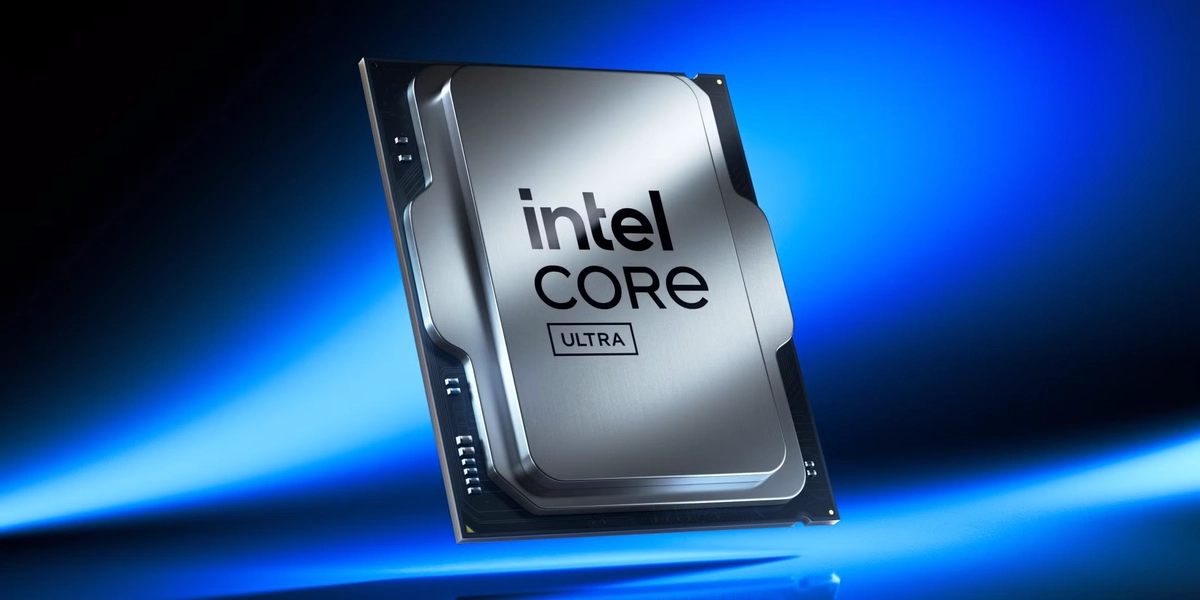
The Arrow Lake generation, also known as Intel Core Ultra Series 2, succeeds Meteor Lake. Like its predecessor, Arrow Lake uses a chiplet or tile-based design. This means the processor is made up of several interconnected smaller chips instead of a single large one for better flexibility and efficiency.
Arrow Lake (Core Ultra 200/200S) made its desktop debut in 2024 with the new LGA1851 socket. The mobile version was announced at CES 2025 and officially launched in early 2025.
This generation continues Intel’s hybrid approach with improved IPC and efficiency that can provide better performance for gaming, creative workloads, and AI tasks.
Although Arrow Lake shares a chiplet-based design with Meteor Lake, its CPU architecture and fabrication are more advanced. Some parts, like the CPU, GPU, and SoC tiles, are manufactured by TSMC, while Intel handles packaging using its Foveros technology.
Arrow Lake processors can be identified by the letter codes after their model numbers: H, HX, or S. Here’s what they mean:
- H series – For thin and light high-performance laptops.
- HX series – For high-end gaming laptops and workstations that need desktop-level performance.
- S series – For desktop PCs that deliver powerful performance for gaming, content creation, and heavy workloads.
There’s also the U series, such as the Core Ultra 5 235U. Although named Arrow Lake-U, it’s actually a refreshed version of Meteor Lake optimized for better efficiency.
2. Lunar Lake Generation (Intel Core Ultra Series 2 for Mobile)
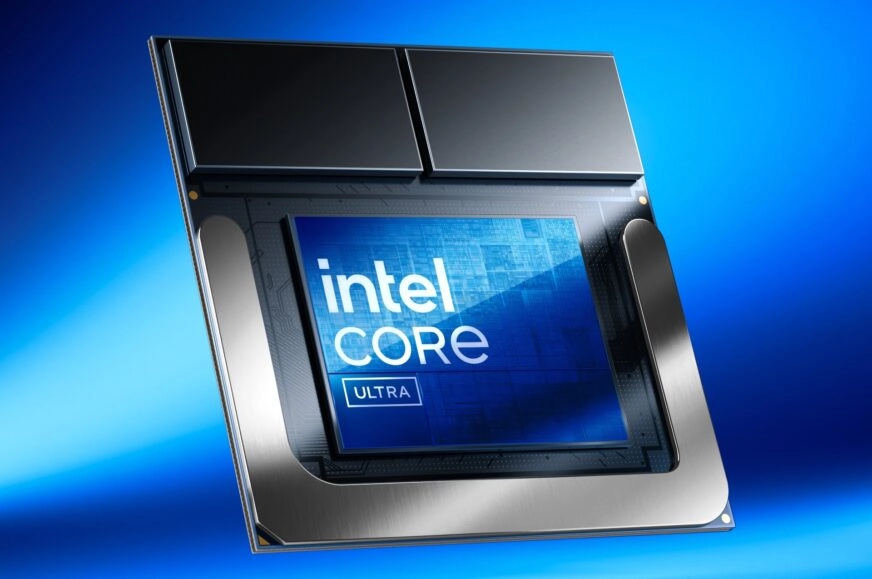
Lunar Lake is another variant of Intel Core Ultra Series 2, but unlike Arrow Lake, it’s made specifically for thin and light laptops. You can easily recognize it by the ‘V’ suffix in its name, which sets it apart from the Arrow Lake H, HX, and S models.
This generation focuses on power efficiency, everyday responsiveness, and smooth on-device AI performance. Some examples include the Core Ultra 9 288V, Core Ultra 7 258V, Core Ultra 7 256V, and Core Ultra 5 226V.
Laptops powered by Lunar Lake are usually slim because the processor uses a smartphone-like SoC design. Unlike Meteor Lake and Arrow Lake, which split their functions into multiple tiles, Lunar Lake combines the Compute and SoC tiles into a single package using Foveros technology. It also integrates 16 or 32 GB of LPDDR5X memory directly into the package, not soldered onto the motherboard.
Inside, you’ll find the latest Xe2 integrated graphics and a 4th-generation NPU (Neural Processing Unit) that enhances AI performance. With this NPU, Lunar Lake laptops can handle local AI tasks efficiently, especially for daily productivity.
They also have high TOPS (Tera Operations per Second) scores, meaning many of them qualify as Copilot+ PCs.
With Arrow Lake and Lunar Lake under the Intel Core Ultra Series 2 lineup, Intel gives consumers clear options. If you want top-tier performance, go for a laptop with Arrow Lake. If you prefer a slim device with long battery life and strong AI capabilities, Lunar Lake is the better pick.
3. Meteor Lake Generation (Intel Core Ultra Series 1)
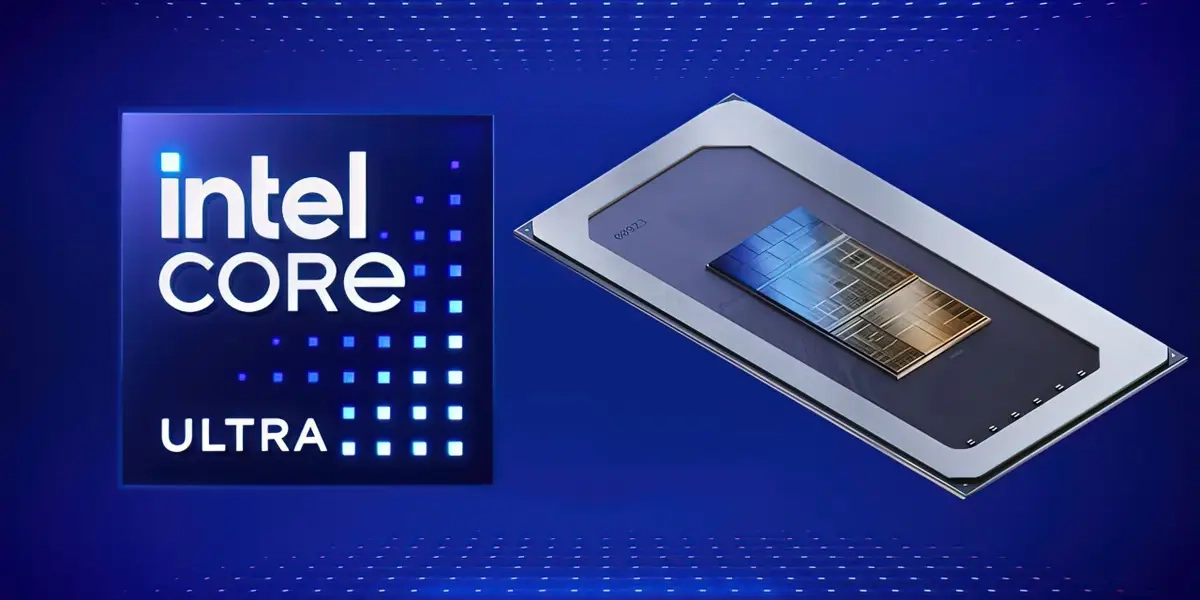
In 2023, Intel rebranded its long-running Core i series and introduced a new line of processors built on the Meteor Lake architecture. The naming system also changed, making it simpler and easier to understand. For example, Core i7-13700H became Core Ultra 7 155H.
Meteor Lake also marked the beginning of the AI PC era. For the first time, Intel added an NPU (Neural Processing Unit) to handle AI workloads efficiently while saving power.
To clarify, the standard Intel Core series without the “Ultra” label still uses the Raptor Lake base. The Core Ultra versions, on the other hand, come with newer architecture and design improvements.
Unlike older Intel processors that used a monolithic die design, Meteor Lake adopts a chiplet or tile-based approach. Each tile serves a specific purpose and is connected using Intel’s Foveros technology. The layout consists of several tiles:
- Compute Tile for CPU performance
- Graphics Tile for Intel Arc integrated graphics
- SoC Tile for NPU, media, display, and power management
- IO Tile for connectivity functions
This modular setup provides better flexibility and energy efficiency since each tile can be optimized separately.
On the CPU side, Meteor Lake continues Intel’s hybrid design with both Performance cores (P-cores) and Efficient cores (E-cores).
The Redwood Cove P-cores handle demanding tasks with low latency, while the Crestmont E-cores focus on power efficiency. There’s also a Low Power Island of ultra-efficient E-cores inside the SoC Tile, dedicated to background tasks to save battery life.
For graphics, the Xe-LPG-based Intel Arc iGPU delivers major improvements in creative workloads and light gaming performance.
Meteor Lake processors are designed exclusively for laptops, especially thin and premium models. Intel does not release Meteor Lake for desktop PCs with LGA sockets. The lineup is divided into two main categories:
- H series, for high-performance laptops that balance power and efficiency. Examples include Core Ultra 9 185H, Core Ultra 7 155H, and Core Ultra 5 125H.
- U series, for power-efficient laptops that prioritize long battery life. Examples include Core Ultra 7 155U and Core Ultra 5 125U.
4. Raptor Lake Generation

Intel launched the Raptor Lake generation in October 2022 as the 13th generation of Intel Core processors, following Alder Lake. This generation brought several performance improvements while maintaining the same hybrid architecture concept.
Raptor Lake combines P-cores (Raptor Cove) for high performance and E-cores (Gracemont) for power efficiency. The top-tier models, such as Intel Core i9-13900K and i9-13900KF, feature a total of 24 cores (8 P-cores and 16 E-cores).
At the time of its release, the i9-13900K was considered the most powerful gaming processor in the world, capable of reaching clock speeds up to 5.8 GHz on its performance cores. Other processors in this generation include the Intel Core i7-13700K / 13700KF and Core i5-13600K / 13600KF.
Raptor Lake also improved memory support to let DDR5 speed up to 5600 MHz, compared to 4800 MHz on Alder Lake. DDR4 support remained the same at 3200 MHz. On the graphics side, Raptor Lake still uses Intel UHD Graphics 770 built on the Intel 7 process, similar to its predecessor.
With its strong performance and efficiency, the 13th generation Intel Core became a major competitor to the AMD Ryzen 7000 series, which debuted just a month earlier in September 2022.
5. Alder Lake Generation
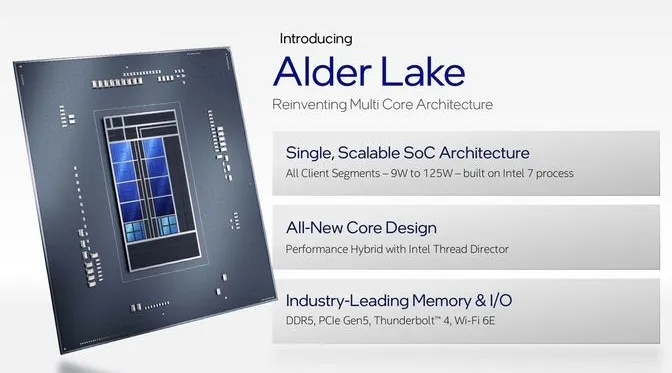
Intel officially introduced Alder Lake at the 2022 Consumer Technology Association (CES) event. Alder Lake refers to Intel’s 12th generation Core processors.
This generation is notable for its new cluster system, combining Performance Cores (P-cores) for high performance and Efficient Cores (E-cores) for power saving. The concept is somewhat similar to how modern smartphone chips manage their cores.
At launch, Intel introduced several variants under this generation: the H-series, S-series, P-series, and U-series.
- Alder Lake S-series
Offer up to 16 cores and 24 threads, with power consumption between 35 and 65 watts. Intel claimed this series delivers up to 1.35 times faster multi-thread performance compared to the 10th Gen Core CPUs. The graphics performance also improved, as the S-series comes with Intel UHD Graphics 770 based on Intel Xe architecture, supporting virtual display features.
- Alder Lake H-series
Feature 14 cores (6 P-cores and 8 E-cores), significantly improving multitasking and responsiveness.
- Alder Lake P-series and U-series
The P-series targets thin laptops that still need high performance, while the U-series operates within 9–15 watts of TDP, focusing more on efficiency for ultra-thin devices.
Intel also introduced new lines like the HX series for gaming laptops and workstations, and the E series for entry-level devices.
6. Tiger Lake Generation
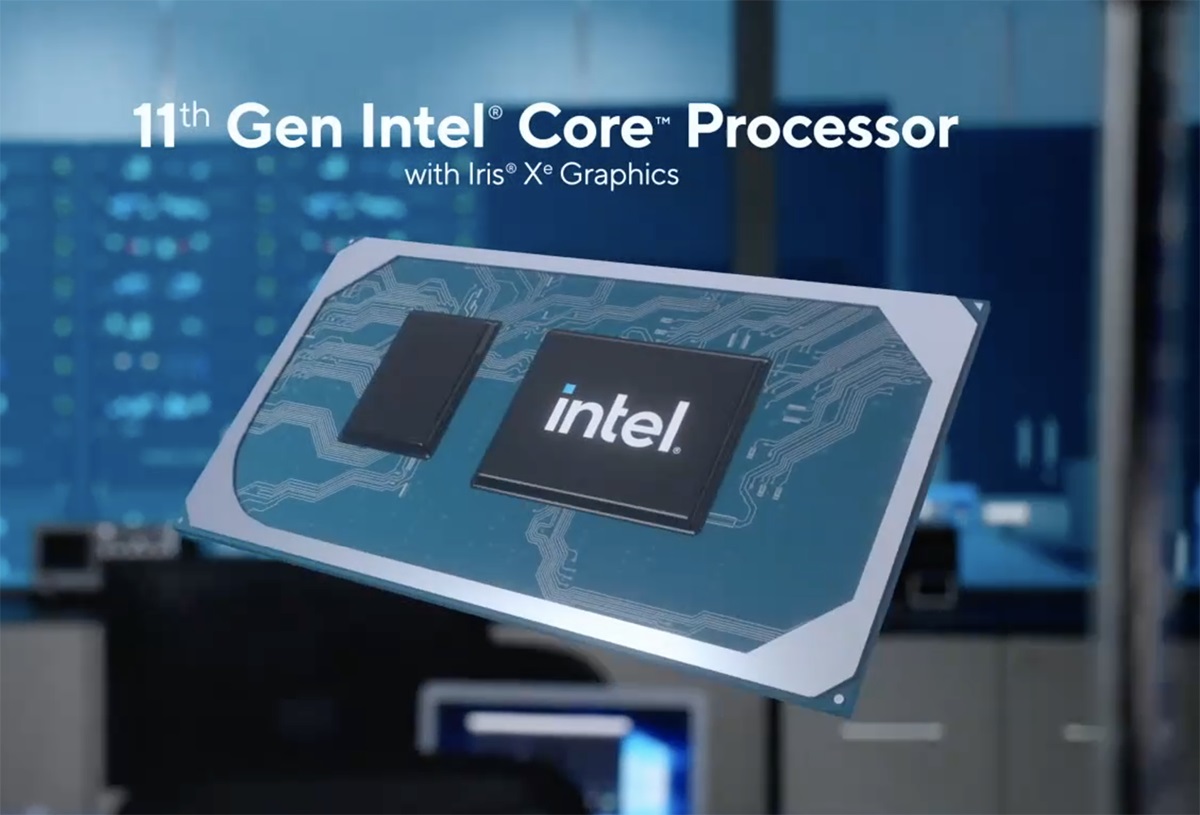
The Tiger Lake generation represents Intel’s 11th generation of Core processors, released in 2020. It succeeded the Ice Lake generation and was designed primarily for thin and light laptops as well as 2-in-1 convertible devices.
Tiger Lake uses the Willow Cove CPU architecture, an improvement over the Sunny Cove architecture from Ice Lake. Willow Cove brings better performance per watt and greater energy efficiency.
One of Tiger Lake’s standout features is the Intel Iris Xe integrated graphics, which has a big leap in graphical performance compared to previous generations. WithIris Xe, even thin and light laptops can now handle casual gaming and creative tasks more smoothly.
Tiger Lake is built using the 10nm SuperFin process, which improves performance and efficiency compared to the earlier 10nm process used in Ice Lake.
This generation also became the first Intel platform to support Thunderbolt 4 and USB4 natively. These technologies boost data transfer speeds and allow faster device charging through USB-C ports.
7. Cannon Lake and Ice Lake Generations

The 10th generation of Intel processors features two different architectures; Cannon Lake and Ice Lake. Cannon Lake was Intel’s first experimental attempt at producing a 10nm processor, but its release was very limited. The only commercially available processor using this architecture was the Intel Core i3-8121U. Due to production challenges, Intel decided not to continue the Cannon Lake line.
The successful implementation of 10nm technology came later with Ice Lake, which officially launched in 2019. Ice Lake became the true representative of Intel’s 10th generation Core processors and introduced the Sunny Cove microarchitecture.
Sunny Cove brought improved instructions per cycle (IPC), meaning better performance at the same clock speed. It also came with larger cache sizes and new architectural enhancements.
Ice Lake was the first Intel Core processor family manufactured using Intel’s 10nm fabrication process, which increased transistor density and power efficiency compared to the older 14nm process.
Like most mobile-focused chips, Ice Lake is built as a System-on-a-Chip (SoC). This means components like the CPU, GPU, memory controller, and I/O controller are integrated into a single chip, resulting in more compact and energy-efficient laptops.
Another key upgrade is the integration of the Thunderbolt 3 controller directly into the CPU. Thunderbolt 3 enables faster data transfer, better external display connections, and device charging through a single USB-C port.
8. Coffee Lake Generation
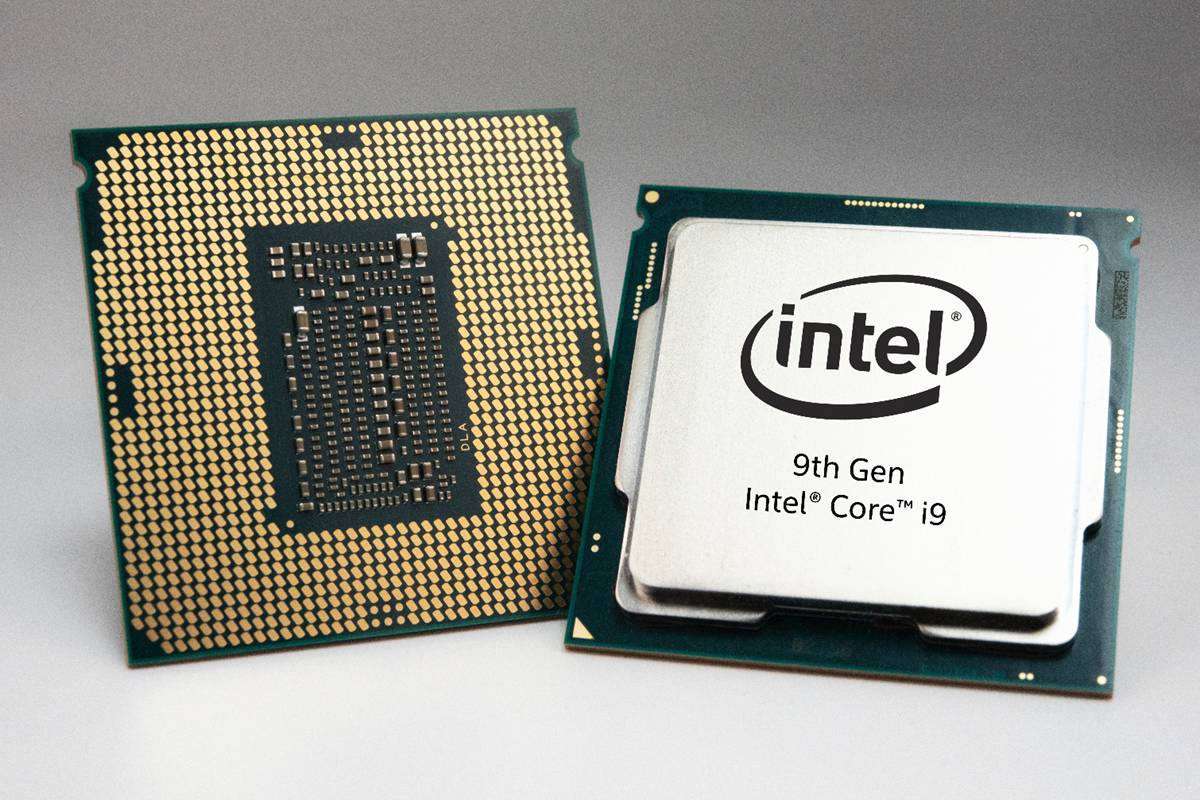
Coffee Lake succeeded Kaby Lake on mainstream desktops and marked a major step forward by breaking past the 4-core limit. The 8th generation introduced 6 cores, and the 9th generation increased it to 8, giving a clear boost in multitasking and gaming performance.
Another notable feature of this architecture is Intel’s use of integrated heat spreaders (IHS) on the CPU. This helps improve heat dissipation since Coffee Lake processors tend to generate more heat due to their higher core count and performance.
9. Kaby Lake Refresh Generation
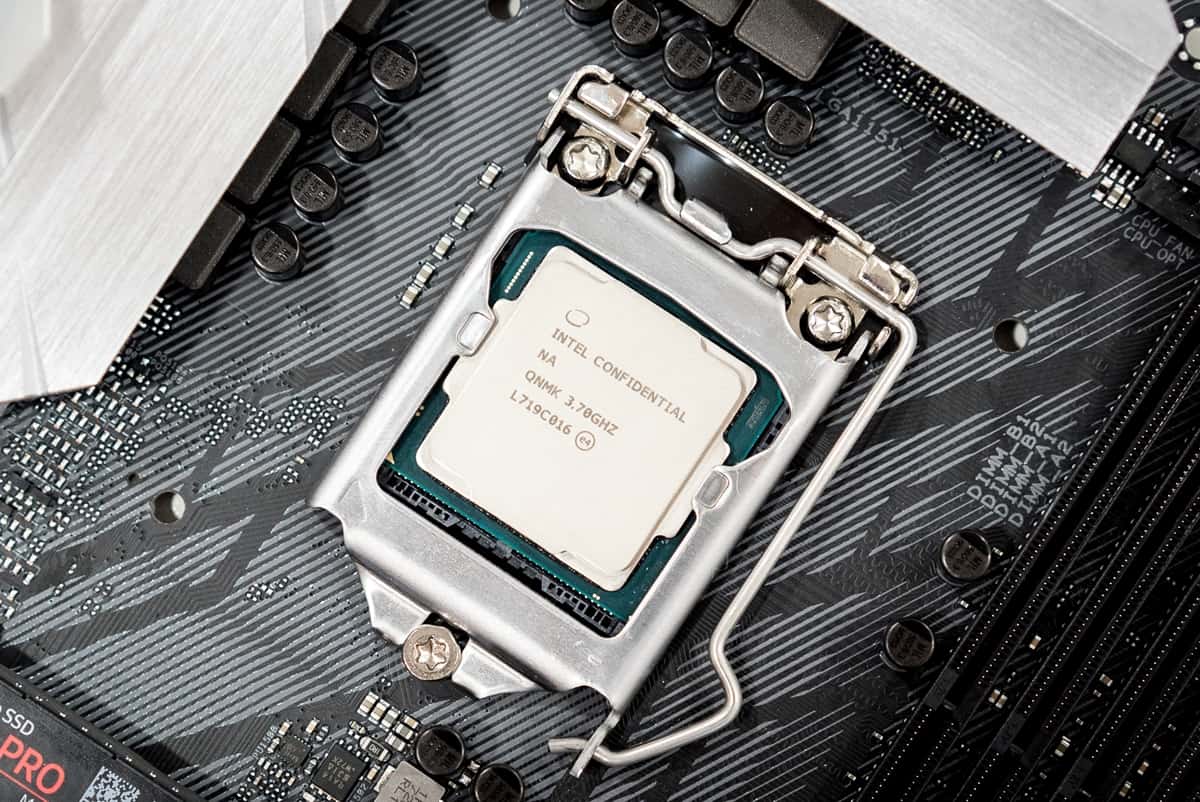
The Kaby Lake Refresh generation (8th Gen, mobile) brought a major leap in laptop performance. Intel doubled the core count in its mainstream laptop CPUs, moving from dual-core to quad-core and 8-thread configurations. This resulted in much smoother multitasking and better overall performance without compromising efficiency.
Intel claimed that Kaby Lake Refresh processors deliver up to 40% faster performance and up to 2.3 times better efficiency compared to the previous generation.
The improvement mainly comes from the increase in core count. Some chipsets from this generation also support DDR4-2666 RAM, though they no longer support DDR3 memory.
10. Kaby Lake Generation
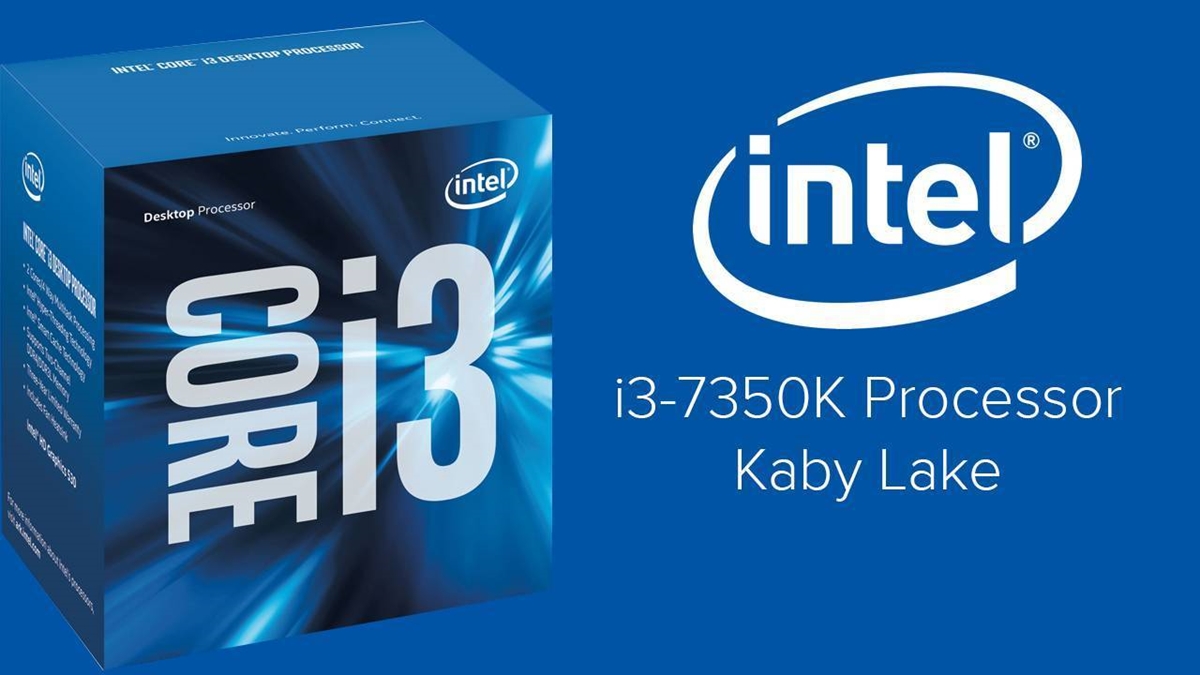
Intel launched the Kaby Lake generation in 2016. It still uses the same 14nm fabrication technology as its predecessor, but with better efficiency. In essence, Kaby Lake is a refined version of Skylake’s architecture.
This generation uses the LGA 1151 socket and supports dual-channel memory for DDR3L-1600 and DDR4-2400 RAM. One notable feature of the 7th generation is its new graphics architecture, which improves 3D performance and enables smoother 4K video playback.
Kaby Lake is also the first Intel microarchitecture that doesn't provide official driver support for operating systems older than Windows 10.
11. Skylake Generation
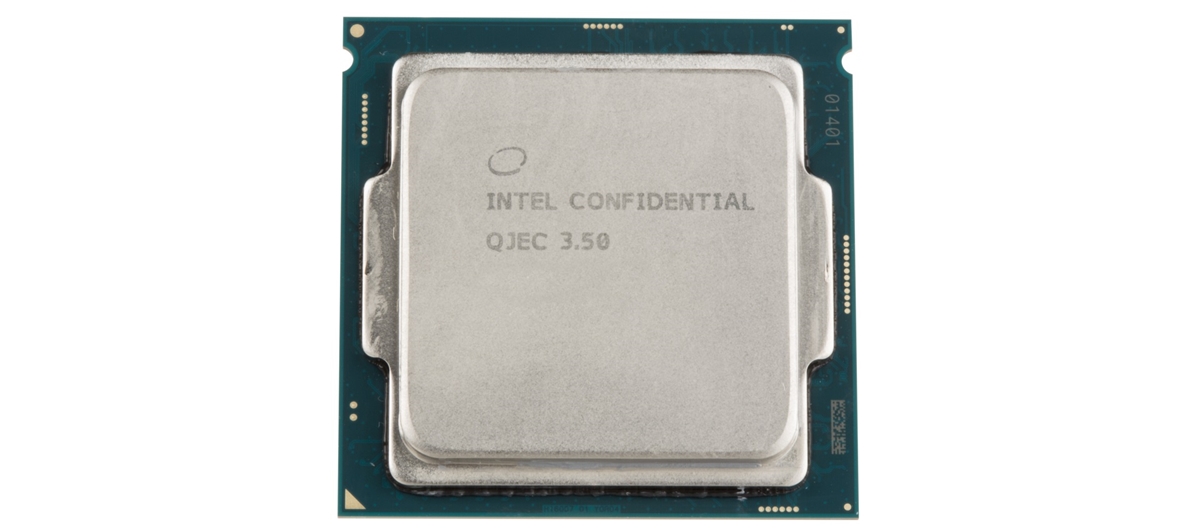
Released in August 2015, Skylake is Intel’s 6th generation of Core processors. It also uses the 14nm fabrication process, but offers up to 50% higher performance and better power efficiency compared to previous generations.
Thanks to Speed Shift technology, Skylake helps reduce unnecessary battery usage. It also supports 4K UHD video streaming, giving users a more enjoyable viewing experience.
12. Broadwell Generation
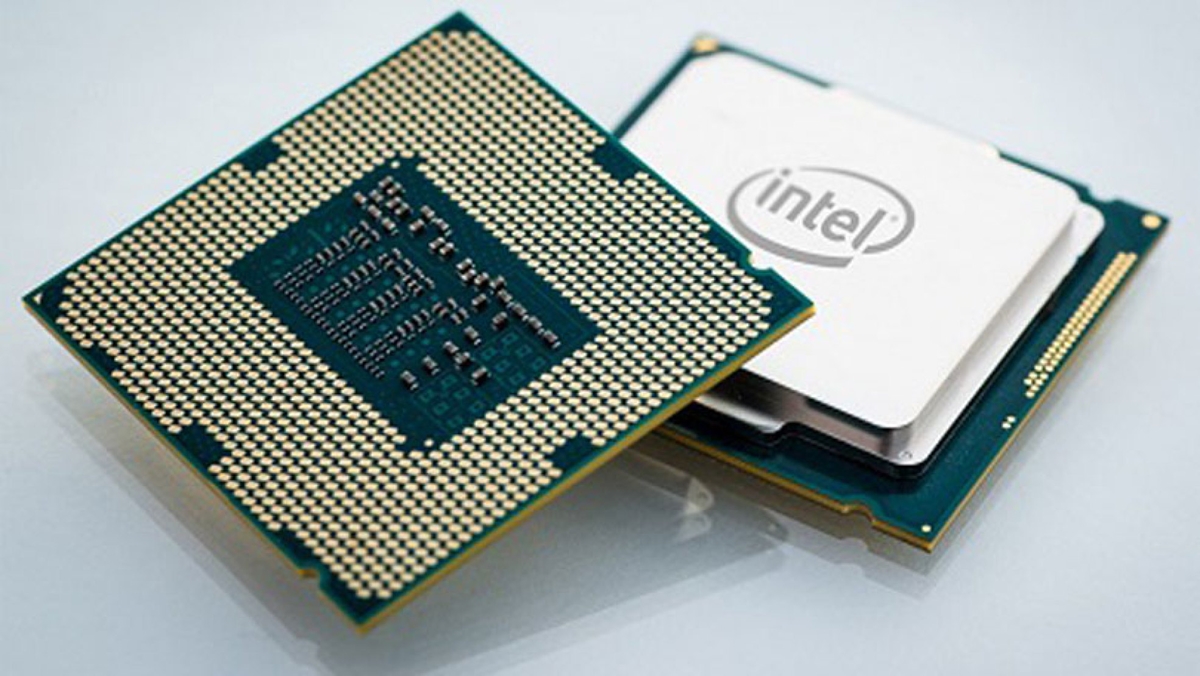
Broadwell, introduced in 2015 as Intel’s 5th generation processor, uses a 14nm fabrication process that is 37% smaller and more power-efficient than its predecessors.
According to Intel, Broadwell CPUs can extend device battery life by up to 1.5 hours. Despite their smaller size, especially in laptops and compact computers, these processors deliver around 20% better performance than the previous generation.
Broadwell supports LGA 1150 and LGA 2011-v3 sockets, along with dual-channel DDR3L-1333/1600 RAM.
13. Generasi Haswell
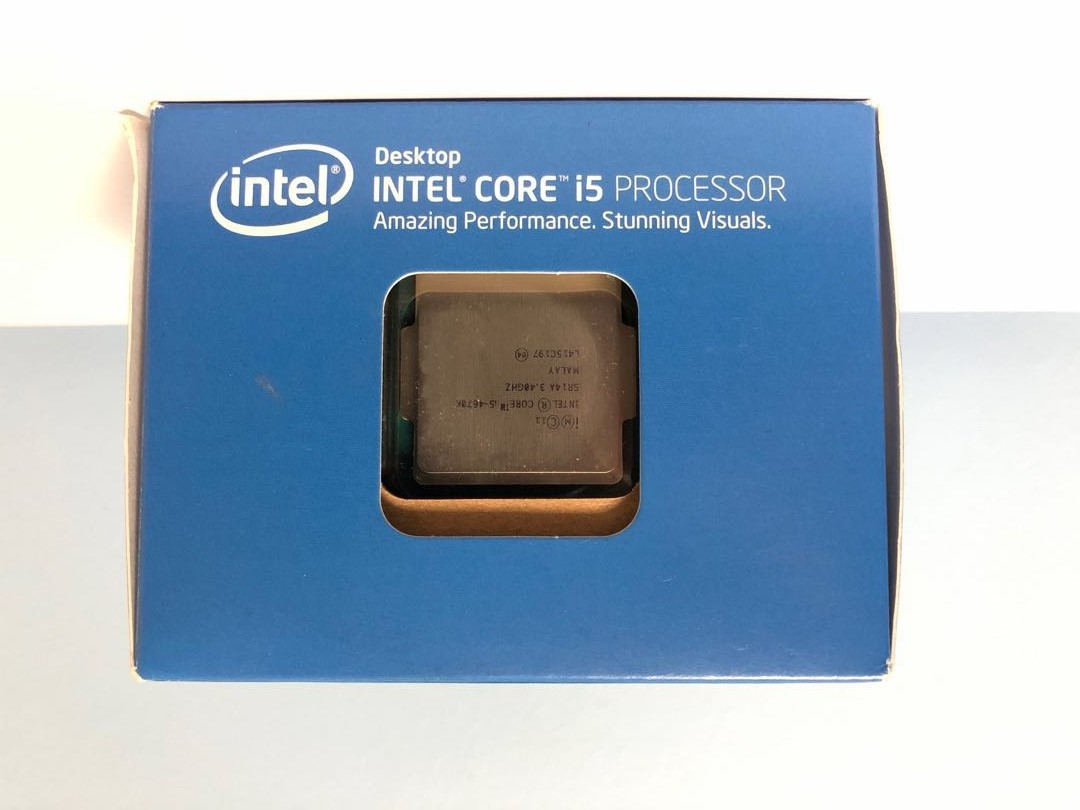
Haswell was released in 2013. It is Intel’s 4th generation processor built on the same 22nm fabrication process as Ivy Bridge but offers higher performance and better efficiency.
With clock speeds reaching above 3.4 GHz, Haswell introduced new features such as updated sockets (LGA 1150, BGA 1364, and LGA 2011-3), a redesigned cache, and support for DDR4 memory.
One of Haswell’s main advantages is its ability to power ultra-portable devices, thanks to its lower power consumption.
14. Ivy Bridge Generation
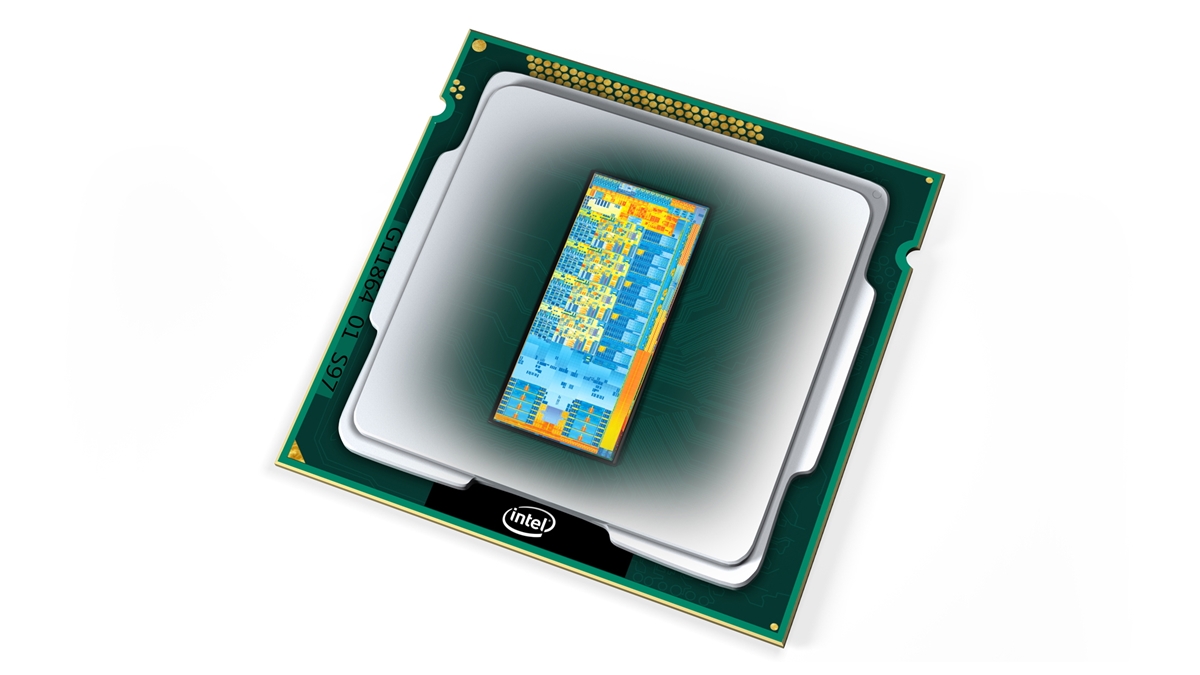
The Ivy Bridge generation, announced in 2012, represents Intel’s 3rd generation Core processors. Built using a 22nm fabrication process, Ivy Bridge offered better performance and efficiency than the previous Sandy Bridge generation.
It came with USB 3.0 and PCIe 3.0 support, though it was known to produce slightly more heat than Sandy Bridge. This generation uses the LGA 1155 socket and supports DDR3-1333 to DDR3-1600 RAM.
15. Sandy Bridge Generation
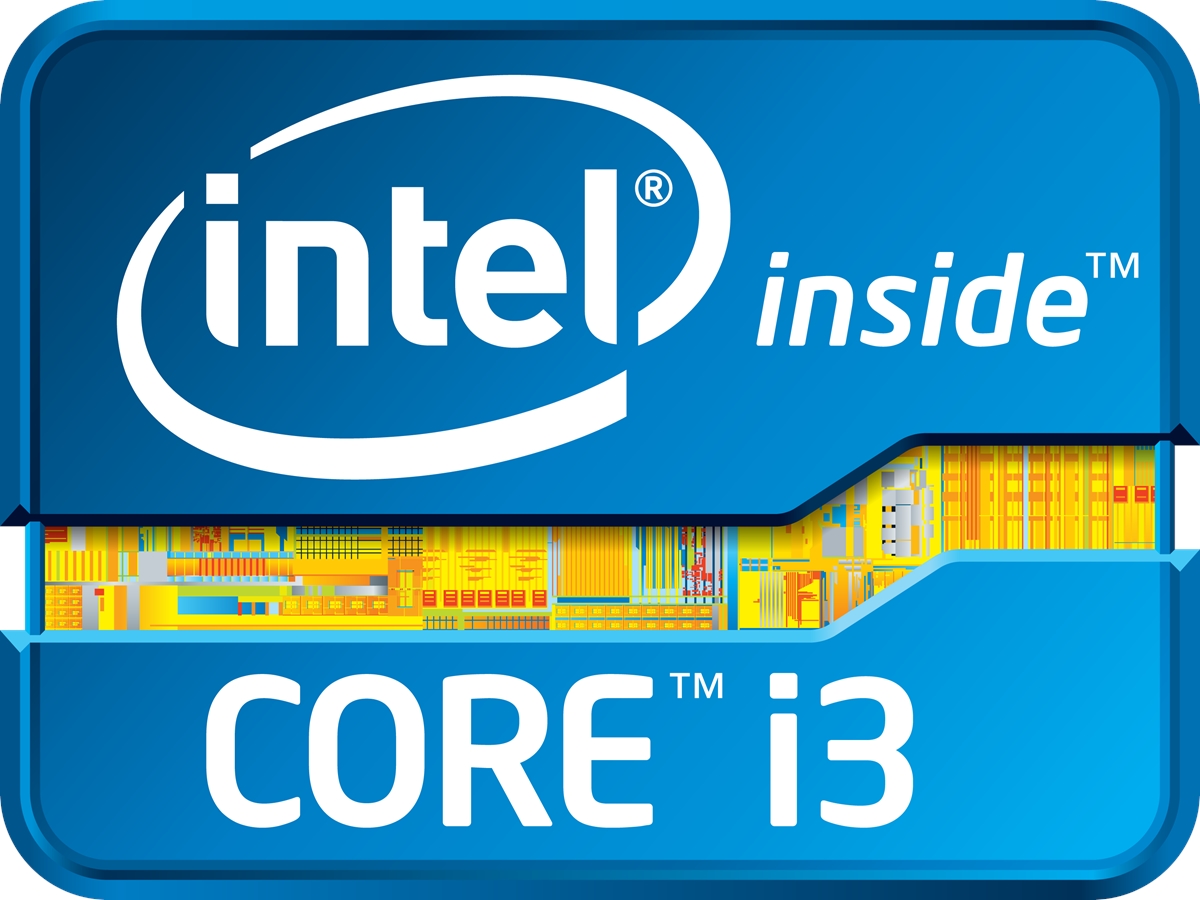
Introduced in 2011, the Sandy Bridge generation became Intel’s 2nd generation of Core processors. Built on a 32nm fabrication process, it replaced the Nehalem architecture and brought better efficiency and practicality.
This generation features 62 KB of L1 cache, 256 KB of L2 cache per core, and 1 MB to 8 MB of L3 cache, depending on the model. For extreme editions, the L3 cache can reach 10 MB to 15 MB.
Sandy Bridge uses the LGA 1155 socket and supports dual-channel DDR3-1066 RAM. It was also the first generation to integrate graphics processing (GPU) directly into the CPU.
16. Nehalem Generation

Released in 2010, Nehalem was Intel’s first major Core processor microarchitecture, succeeding the earlier Core design that had several limitations such as poor efficiency and limited clock speed improvements.
Nehalem was built on a 45nm fabrication process and introduced DDR3 memory support directly on the processor. It also brought back Hyper-Threading technology, which had previously been removed, especially in the first Core i3 series.
In terms of cache, Nehalem includes 64 KB of L1 cache, 256 KB of L2 cache per core, and a shared 4 MB to 12 MB of L3 cache.
So, that wraps up the list of Intel processor generations over time. By the way, which generation does your computer or laptop use? You can usually check it by just looking at the Intel sticker near your keyboard!
